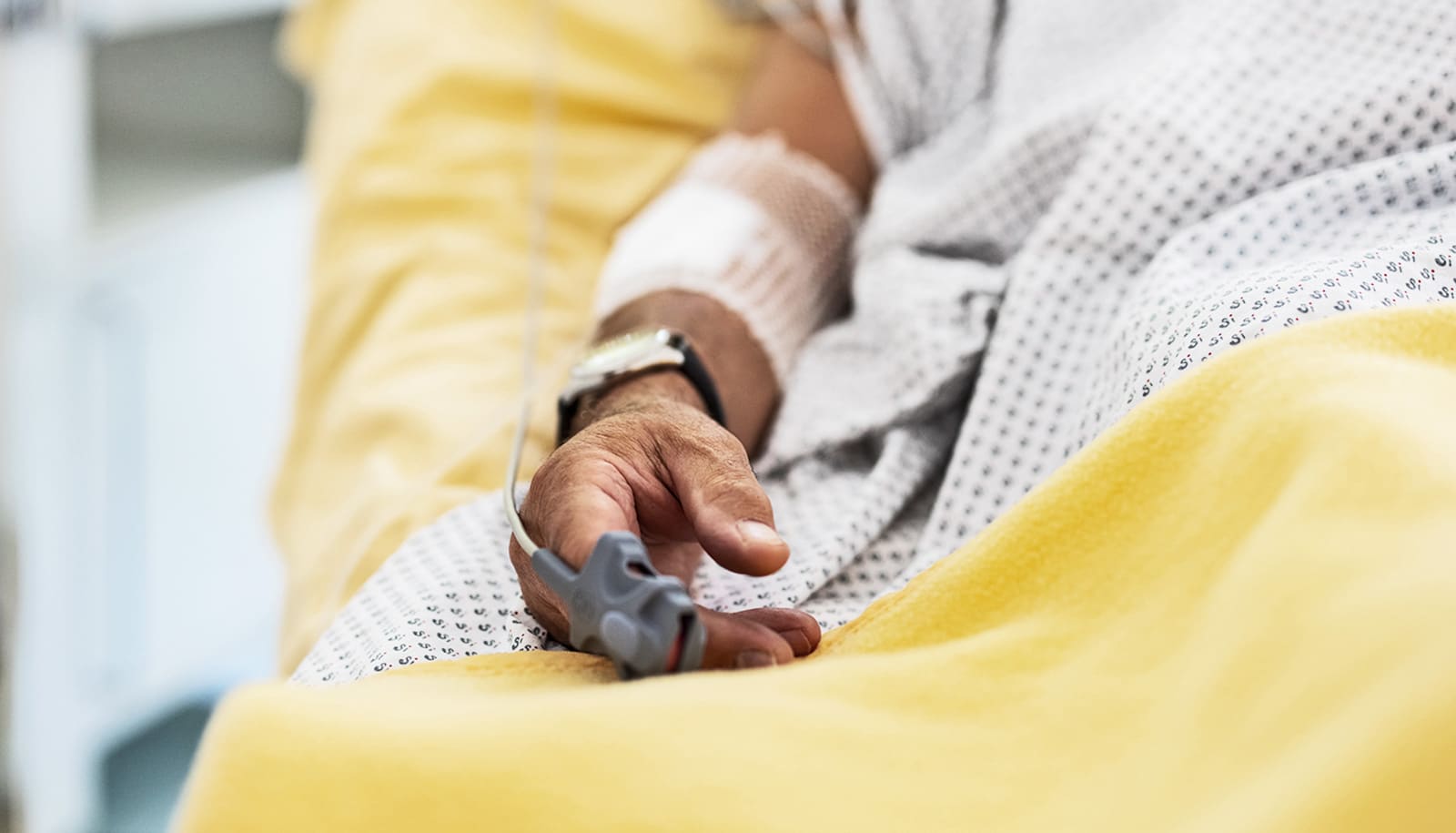New guidelines for the management of patients with upper GI bleeds suggest, among other findings, that doctors can send such patients home safely.
The work could help reduce pressures in busy emergency departments.
Upper GI bleeding is an acute internal bleeding condition which predominantly affects those over 50. Ulcer most often cause the common condition.
“Sending patients home was a sensitive topic that hadn’t yet been formally covered,” explains Allan Barkun, senior scientist in the Injury Repair Recovery Program at the Research Institute at McGill University Health Centre and director of therapeutic endoscopy.
“We decided to grab the bull by the horns. Now, we know that gastroscopy—the examination of the upper gut with an endoscope—can at times be done the next day in an outpatient setting, reducing pressures in the ER.”
The multidisciplinary guidelines have redefined the best practices for before, during, and after endoscopy for patients dealing with UGIB. Among various topics outlined in the guideline, some noteworthy recommendations include:
- When to send patients home
- When to perform endoscopy
- Treating UGIB with hemostatic powders (i.e. spray)
- When to administer secondary prophylaxis (i.e. prevention medication)
When it comes to patients who require hospitalization for upper GI bleeding, the experts concluded that gastroscopy should not be performed too soon. The sickest patients must first receive adequate intravascular volume repletion with blood and blood products (i.e. resuscitation) to avoid intra-procedural cardiovascular and respiratory complications.
“[M]edical literature shows that [scoping too early] may be a problem in hospitals around the world. On an international scale, these new guidelines may save lives.”
Internationally, the use of hemostatic powders (i.e., a spray used to stop the bleeding) is picking up speed. The trouble is that many doctors don’t know when—and when not—to use it.
“The spray method has been used in Canada for years, but in United States and other countries, it’s relatively new. The new guidelines will dispel some of the misuse that’s been happening with this method,” says Barkun.
The use of secondary prophylaxis (i.e., medication which is meant to prevent episodes of bleeding) is particularly intriguing to Barkun.
“Who should receive additional medications to prevent subsequent episodes of bleeding? This is an extremely important question tackled in the guideline.”
Ultimately, Barkun hopes the new guidelines will improve the management of patients while they’re in the hospital, and the recurrence of bleeding when they leave it.
The new guidelines appear in Annals of Internal Medicine.
Source: McGill University



